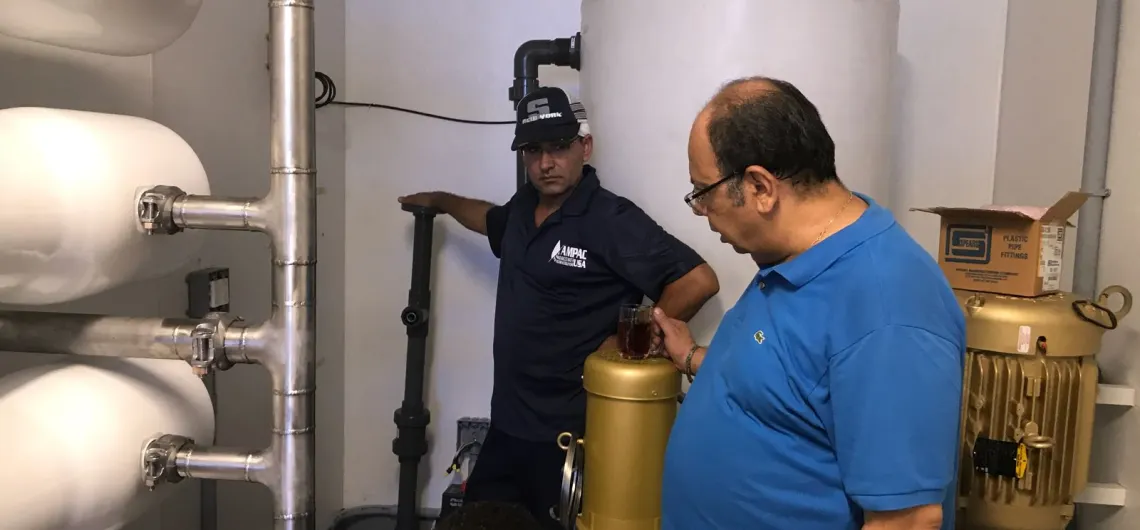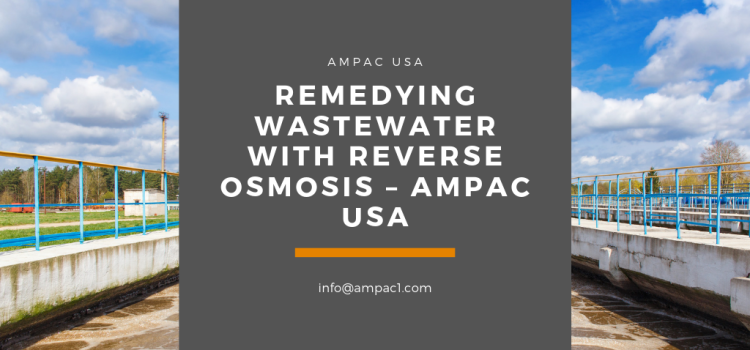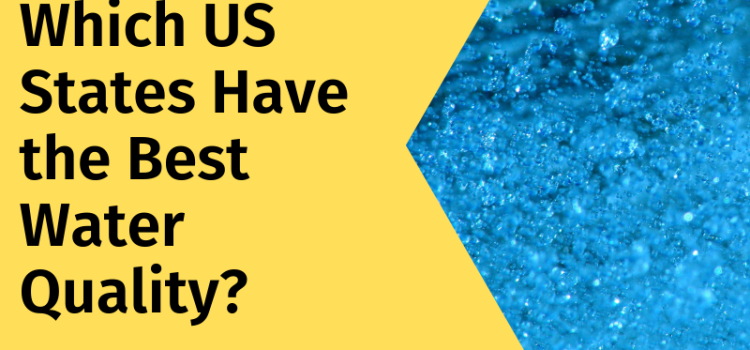Last updated on March 29th, 2025 at 12:27 pm
After a long time of rejecting the Seawater Desalination method for water filtration on the grounds of costs, industries and countries around the world have finally started looking at it as an opportunity to end the water crisis. There are hundreds of success stories of how seawater desalination has helped shape the future for many drought-ridden countries. Seawater desalination uses the basic method of Reverse Osmosis, pushing impure or saline water through a semi-permeable membrane to get pure water on the other side.
While it does work on household and even commercial levels, membranes for a larger scale are costly due to the care of the intricate design. Moreover, a single desalination plant holds at least 40,000 such membranes. Reverse Osmosis, therefore, might prove to be costly for underdeveloped and developing countries due to their financial constraints. Not only for them but also for developed countries like the U.S., giving a huge amount of tax money for such a project is a difficult decision to make. But even though the process is amongst the costliest in the world, continuous efforts are being made to keep the option on the table for everyone. This is being done by developing the technology further in research labs so that it is tested and later used on a larger scale.
Before the development of membrane technology and then the filters, interesting research had come up from the collaboration between America and Germany. The research was first published in a journal Angewandte Chemie, in 2013 wherein contrast to the traditional methods, the new method is fairly simple and energy-saving. It is based on the concept of bipolar electrodes and micro-channels. It works without membranes or energy.
- The water is forced through a dual microchannel system which is 22 micron-meter wide.
- One of the micro-channels is an auxiliary channel and the other is a branch working channel.
- A bipolar electrode is used to electrically connect the two channels, auxiliary to the power source and the branch working is grounded.
- A 3V potential difference is then established. The branch point of the working channel gets a jut of the electrode.
- The voltage results in the negatively charged chlorine ions to oxidize into neutral ions at an end of the electrode.
- A zone of negatively charged ions is created in the narrow channel directly resulting in an electric field gradient. This directs the positively charged ions to the branching channel.
- Due to the need of electroneutrality, the anions follow the positive ions into the branched channel.
- Therefore, this water is enriched with ions and the one in the working channel is partially desalinated.
This process requires less energy in comparison with the reverse osmosis process. Moreover, the only job required of RO after this process will be a rejection of sediments and leftover particles. This means RO membranes developed can be less intricate in design thus saving money. The process simply uses the laws of chemistry but it has been proved in the lab, it is yet to reach the market and the large-scale industries. However, points to note from this new invention are, it can work on a single small battery, parallel microchannel systems can be placed for a larger purification, no disinfection, the addition of chemicals or treatment is required and energy consumed is less. The process has a lot of promises and can be considered further for use as a filtration process.
This was developed by Richard M. Crooks from the University of Austin, Texas and Prof. Ulrich Tallarek from the University of Marburg, Germany with their colleagues in support of The Department of Energy U.S. The UN has estimated that around one-third of the world population lives in water-stressed areas and is bound to grow in number by 2025. With more actions taken towards bringing this number down, the process might be revived again for research so that we get all the help we can. After 4 years of further research, the process will probably be used at a larger level in industries and desalination plants.
Desalination technologies advance every minute with professors and scientists from different fields working day and night. But even desalination can have potential after-effects on the environment if it is used traditionally. Too much energy consumption from these plants means exploiting fuel reservoirs and dumping of the rejected saline water will hinder the saline content of the seas leading to climate change in the worst case. Therefore, more and more solutions to be available can make it easier for us to make a sustainable future.
If you like to know more or contact us, Kindly send us a mail at [email protected]










Can you be more specific about the content of your article? After reading it, I still have some doubts. Hope you can help me.